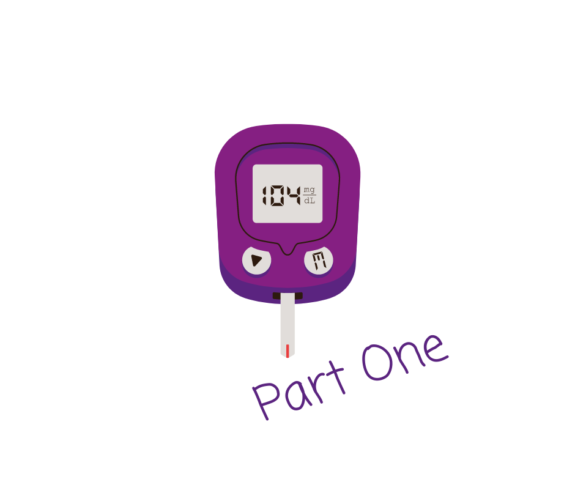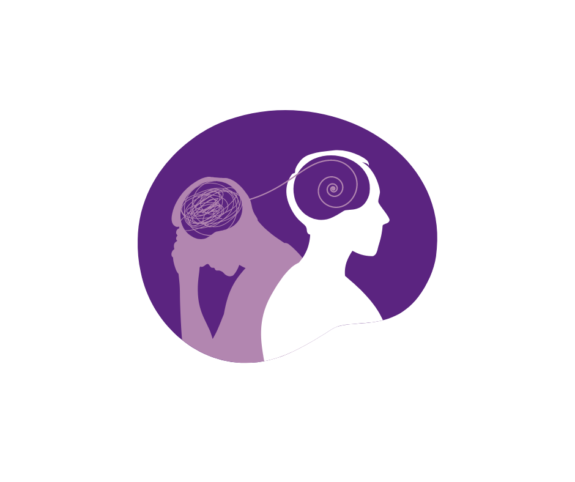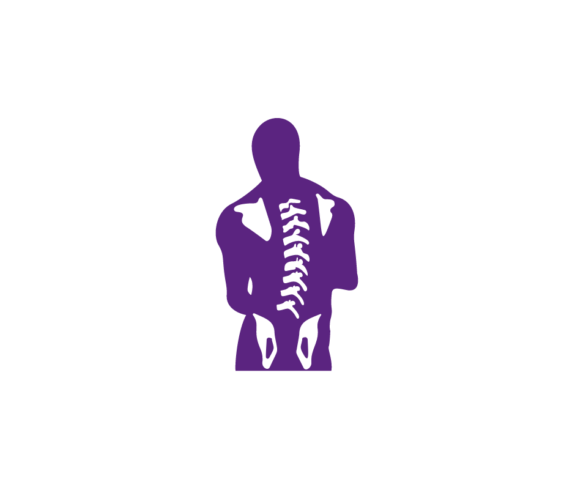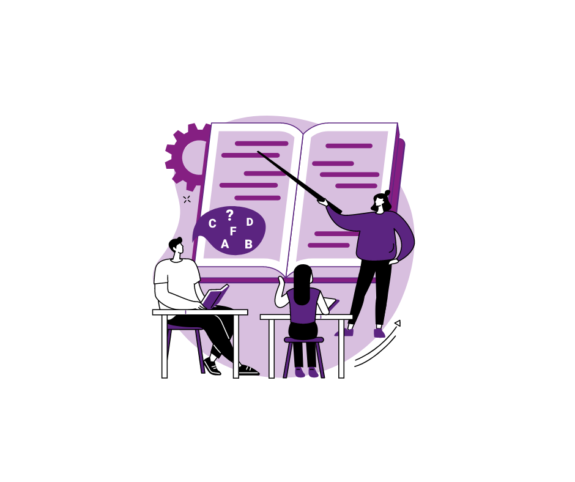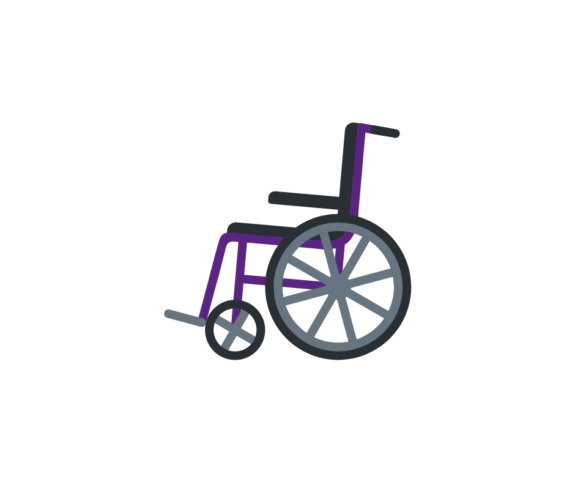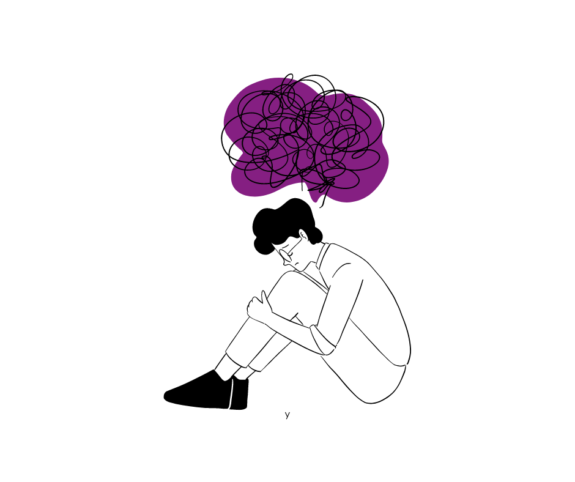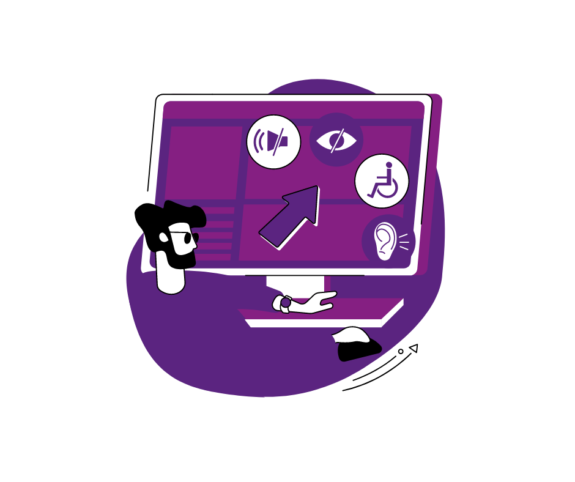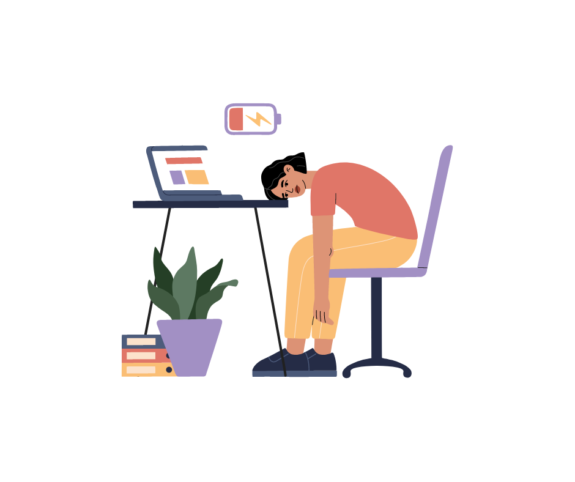Diabetes is a relatively common illness that surprisingly, we don’t know as much about as we think we do. I think most of us understand that it’s to do with sugar and insulin and how the body processes those (or doesn’t) but there is so much more to it than that. It can affect the heart, the eyes, the feet and is so more than just watching your sugar intake!
So before we get into it, let’s start with a quick crash course on what exactly diabetes is. Basically, it’s when your body stops producing or is unable to produce, insulin. Insulin is a hormone that is produced by the pancreas which helps to regulate the glucose (sugar) levels in our blood. If the pancreas stops working, the glucose levels can become too low or too high and can make you extremely unwell.
There is more than one kind of diabetes but the main two are Type 1, which we’ll be covering in this blog, and Type 2. While they both ultimately have the same outcome, difficulty producing or responding to insulin, they have very different origins.
Type 1
Type 1 diabetes is classified as an autoimmune disease wherein the immune system gets a bit confused and starts attacking the insulin-producing cells in the pancreas. Now the pancreas pretty much has one job, which is to regulate the blood glucose in your body so when it stops working it can be a big problem. It can be fatal if not treated and MUST be controlled with insulin, either by injection or using an insulin pump.
In the past, it used to be referred to as ‘Juvenile Onset Diabetes’ as it usually presents itself in children but can develop in adolescents and adults as well, which is why it’s so important that everyone can spot the signs!
Signs and Symptoms:
With Type 1, the symptoms can come on extremely fast and must be acted on quickly to prevent further serious illness. They usually include:
-
Excessive thirst
-
Frequent urination (going much more than you normally would)
-
Feeling excessively fatigued
-
Unexplained weight and/or muscle loss
-
Dizziness
-
Blurry vision
-
Wounds that take a long time to heal
-
A fruity smell on the breath (caused by ketoacidosis)
Once these symptoms are noticed, it is vital that the person seeks medical help immediately. Many Type 1 diabetics can already be dangerously ill by the time they get to a medical professional so the quicker the better.
Complications
There are short term and long-term complications associated with diabetes. The short-term complications are Hypoglycaemia when the blood glucose levels are too low and Hyperglycaemia leading to Ketoacidosis, which can occur if the blood glucose levels are too high.
Hypoglycaemia can happen if a diabetic were to, for example, delay a meal, not have had enough carbohydrates in a meal (carbohydrates are just as important to monitor as sugar), have done lots of exercise without having the right amount of carbohydrates or taken too much insulin. The most common signs to look out for are; sweating, being shaky or irritable, feeling hungry, difficulty concentrating and blurred vision. If this happens, Diabetes UK recommends the first action is to give the person something sugary like 5 Jelly Babies, fruit juice or a small glass of a non-diet soft drink. This can help resolve the symptoms and negate the need for further intervention (although medical advice should be sought if symptoms don’t resolve). It’s important to not give the person too much sugar as this can send the person into Hyperglycaemia and create even more problems!
Hyperglycaemia can happen if the diabetic hasn’t had enough insulin for the amount of carbohydrates they’ve eaten, is feeling particularly stressed or unwell and is less active than normal. In some cases, if it’s not resolved it can turn into Ketoacidosis, which is when the body starts breaking down fat for energy leaving too much acid in the blood. Ketoacidosis can develop over a matter of hours and needs to be treated in hospital as it can be life-threatening.
People with Type 1 diabetes can also develop problems further down the line, including but not limited to:
-
A greater risk of heart disease
-
Risk of strokes
-
Kidney disease
-
Eye problems, which at their most extreme can cause reduced vision and blindness.
-
Foot problems caused by high blood sugar levels damage blood flow. Ulcers on the feet can develop and if untreated can lead to amputation.
Type 1 diabetics should also consult their doctor or care team if they experience any nausea or vomiting as this can disrupt the careful balance of sugars and carbohydrates in the body and potentially lead to Hypoglycaemia or Hyperglycaemia.
Let’s be honest, this all sounds fairly awful and scary and it is. Diabetes is not an illness that should be treated lightly. BUT, the risk of developing any of these complications is greatly reduced with careful management of the condition. Monitoring glucose levels, keeping track of sugar and carbohydrate intake and generally trying to stay as fit and healthy as possible can all help to minimise the risks.
Look out for Part 2 next month, where we’ll be covering Type 2 diabetes, gestational diabetes, myths and misconceptions and what having diabetes means in the world of disability!
References and Further Reading:
https://www.diabetes.co.uk/forum/category/ask-a-question.15/
https://www.nhs.uk/conditions/Diabetes/
https://www.diabetes.org.uk/professionals/position-statements-reports/statistics
https://www.healthline.com/health/diabetes/best-blogs-of-the-year#1
https://www.better-living.co.uk/living-with-diabetes
https://www.rcn.org.uk/get-involved/forums/diabetes-forum/our-work
